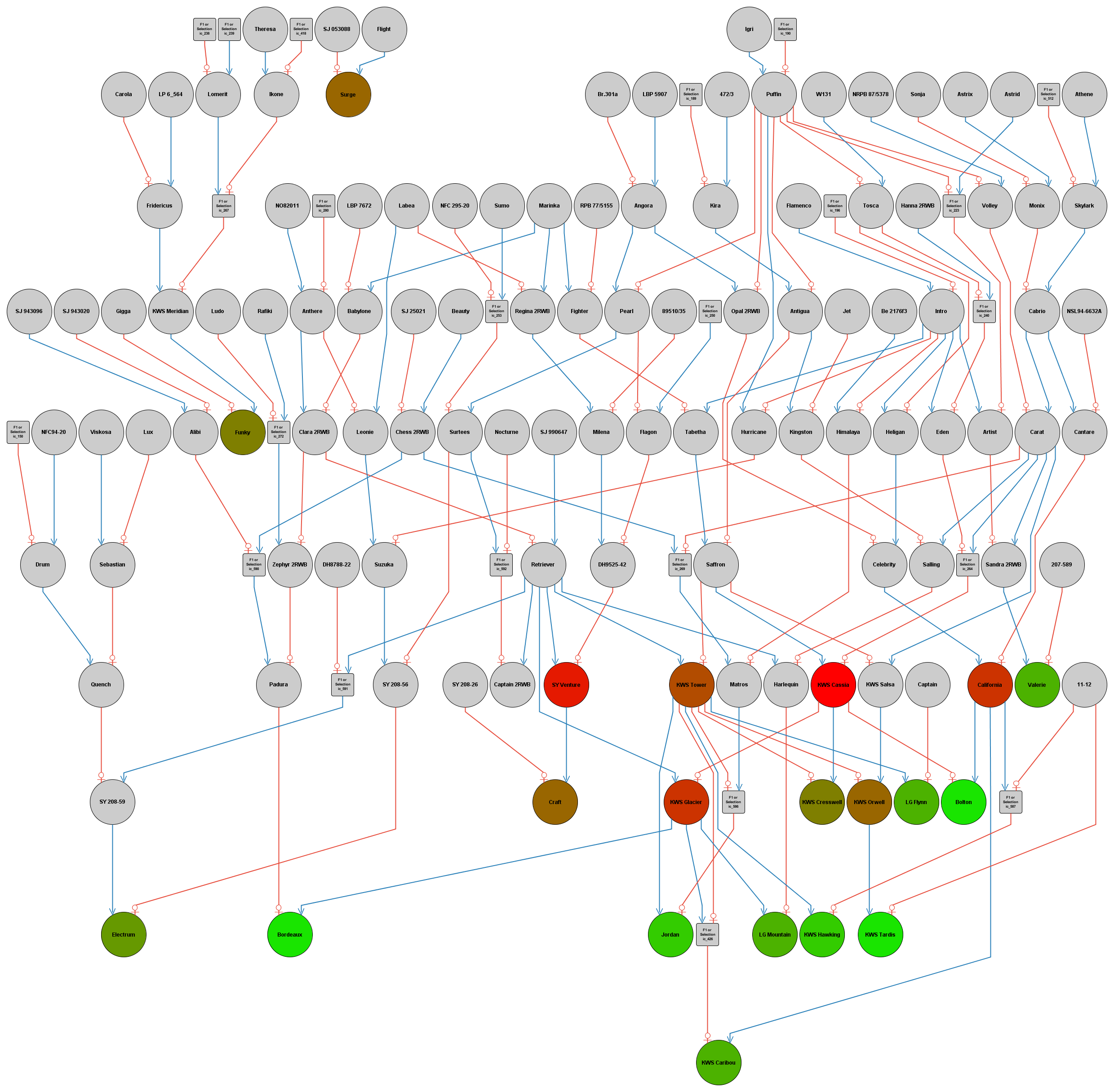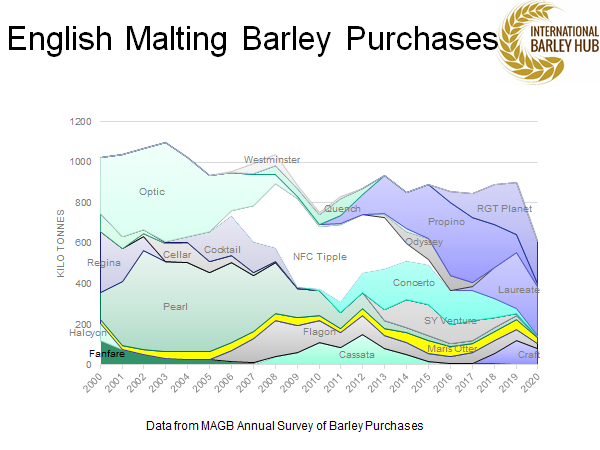schmurf
Well-Known Member
I thought drinkable said it all@schmurf
Showing good progress, did a gravity test on mine last night and removed 500ml of yeast from the collection bottle. Already clearing in the fermentasaurus after 3 days from pitching. Gravity 1.011 and the hydrometer sample tasted promising. Different from the wyeast 1098 attempt.
I'm bumping the temp up a bit for 2 days of diacetyl rest. Looks like I missed the transfer to keg for final conditioning so will clear and condition in fermentasaurus and then transfer.
Any other clues on the taste? drinkable not that descriptive.
I might put some Super F finings in when I move the vessel to the cellar at 14 degrees.
Since I've brewed 3 versions of this one, in a rather short time frame, I'm hoping I can do a side by side comparison between them... would be fun to see what the difference in ABV actually does. This current one is the "high gravity" brew, the next finished on much higher FG than expected and resulted in a 3.2% beer, the third/last one got spot on. They are still conditioning though.













![Craft A Brew - Safale S-04 Dry Yeast - Fermentis - English Ale Dry Yeast - For English and American Ales and Hard Apple Ciders - Ingredients for Home Brewing - Beer Making Supplies - [1 Pack]](https://m.media-amazon.com/images/I/41fVGNh6JfL._SL500_.jpg)














































